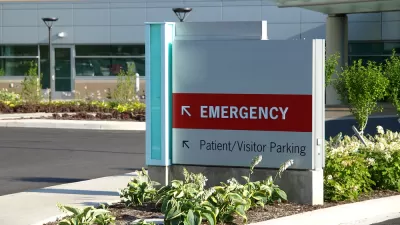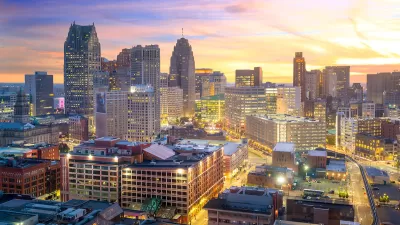While the Census Bureau reported impressive findings on the reduction of Americans without health insurance last year, there was nothing impressive in the numbers on income and poverty, notwithstanding an increase in employment.
"(T)here was no statistically significant change in income for the typical American household in 2014, the Obama administration said on Wednesday," writes Robert Pear for The New York Times. "Median household income in the United States was $53,660 last year, the Census Bureau reported, and the poverty rate — 14.8 percent — also saw no improvement." [The poverty rate is the ratio of the number of people who fall below the poverty line and the total population.]
About 46.7 million people were in poverty in 2014, the bureau said, the fourth consecutive year in which the number of people in poverty was not statistically different from the official estimate for the prior year.
"(F)or ordinary Americans, especially the poor, the economic recovery — now into its seventh year — has yet to deliver measurable benefits," writes Pear.
"Despite decent employment growth in 2014, the persistent high unemployment yielded no improvements in wages and no improvement in the median incomes of working-age households or any reduction in poverty,” said Lawrence Mishel, president of the Economic Policy Institute (EPI), a liberal research group influential with Democrats in Congress.
Tanvi Misra, staff writer for CityLab covering demographics, inequality, and urban culture, divided the Census report into three takeaways:
-
More jobs aren’t making Americans richer: "Census Bureau statistician Edward J. Welniak Jr. told The New York Times that an increase in single-person households (that tend to have lower income than households with families) might explain the income stagnation. Experts at EPI, however, blame embarrassingly flat trajectory of average hourly wages for American workers."
-
Racial gaps are still intact: "In 2014, African Americans continued to have the lowest household income ($35,400); Asians had the highest median income, at $74,300."
-
There is some good news, particularly for immigrants: "Immigrants were also the only group that saw an increase in their income; in 2014, they brought in $59,300—up 4 percent from the previous year."
In the first sub-heading, Misra links a 2013 piece by her colleague at CityLab, Erik Jaffe, that points to the sustainability of single family households because they "tend to use more transit and live in multi-family homes," yet the Census Bureau statistician suggests these households may account for "income stagnation."
More information can be found in the Census Bureau's 80-page report, "Income and Poverty in the United States: 2014" [PDF].
The income and poverty report was included with a report on health coverage posted here.
FULL STORY: Health Care Gains, but Income Remains Stagnant, the White House Reports

Alabama: Trump Terminates Settlements for Black Communities Harmed By Raw Sewage
Trump deemed the landmark civil rights agreement “illegal DEI and environmental justice policy.”

Study: Maui’s Plan to Convert Vacation Rentals to Long-Term Housing Could Cause Nearly $1 Billion Economic Loss
The plan would reduce visitor accommodation by 25% resulting in 1,900 jobs lost.

Planetizen Federal Action Tracker
A weekly monitor of how Trump’s orders and actions are impacting planners and planning in America.

Waymo Gets Permission to Map SF’s Market Street
If allowed to operate on the traffic-restricted street, Waymo’s autonomous taxis would have a leg up over ride-hailing competitors — and counter the city’s efforts to grow bike and pedestrian on the thoroughfare.

Parklet Symposium Highlights the Success of Shared Spaces
Parklets got a boost during the Covid-19 pandemic, when the concept was translated to outdoor dining programs that offered restaurants a lifeline during the shutdown.

Federal Homelessness Agency Places Entire Staff on Leave
The U.S. Interagency Council on Homelessness is the only federal agency dedicated to preventing and ending homelessness.
Urban Design for Planners 1: Software Tools
This six-course series explores essential urban design concepts using open source software and equips planners with the tools they need to participate fully in the urban design process.
Planning for Universal Design
Learn the tools for implementing Universal Design in planning regulations.
Caltrans
Smith Gee Studio
Institute for Housing and Urban Development Studies (IHS)
City of Grandview
Harvard GSD Executive Education
Toledo-Lucas County Plan Commissions
Salt Lake City
NYU Wagner Graduate School of Public Service




























